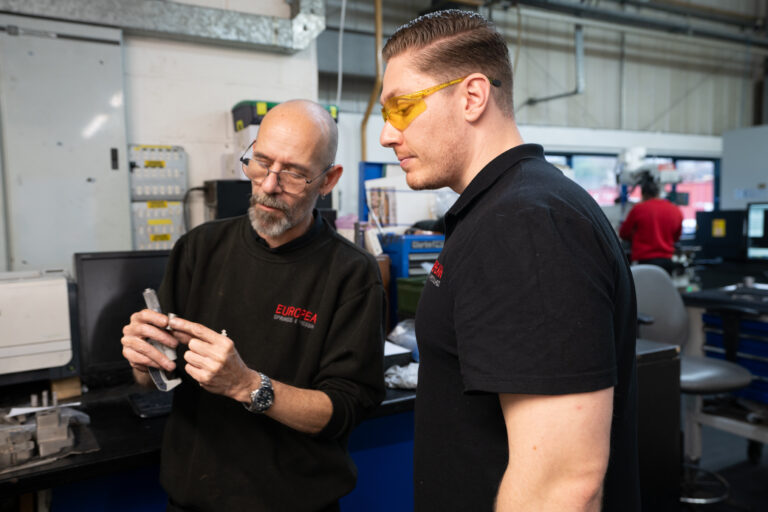Top Tips for Starting the Patent Process
26/10/2015 If you're an engineer with a fantastic new invention or design then it's a pretty exciting time, however it's
Home › News & Updates › Page 33
26/10/2015 If you're an engineer with a fantastic new invention or design then it's a pretty exciting time, however it's
22/10/2015 If you remember not long ago, the announcement was made that they Institute of Engineering and Technology have appointed
19/10/2015 It sounds like something you’re likely to find in a Futurama re-run. We’ve talked before about robots taking over
16/10/2015 There has been a lot about female engineers in the news recently. With the Institute of Engineering and Technology
14/10/2015 Engineers from the carmaker Ford have come together with engineers from the St Petersburg State Polytechnic University, to design
12/10/2015 Our team of experts pride themselves on delivering only the best and most dedicated service, whether it's a special
08/10/2015 The dream of robot enthusiasts all over the world has finally come to life. The USA industry MegaBots has
01/10/2015 We just love bringing you the latest news in the scientific and engineering world and this blog is certainly
24/09/2015 The first female president of the Institution of Engineering and Technology has recently urged more engineering companies to try

And even if we don’t have exactly the tool we need, European Springs’ in house technology enables us rapidly to design and make complex tools, allowing us to offer more competitive prices.



© Copyright 2025 | European Springs
Designed, Promoted and Powered by SQ Digital